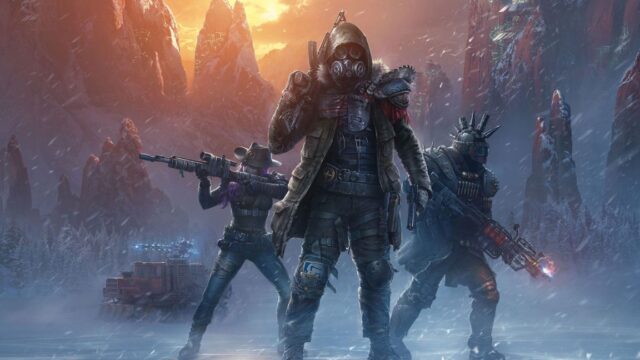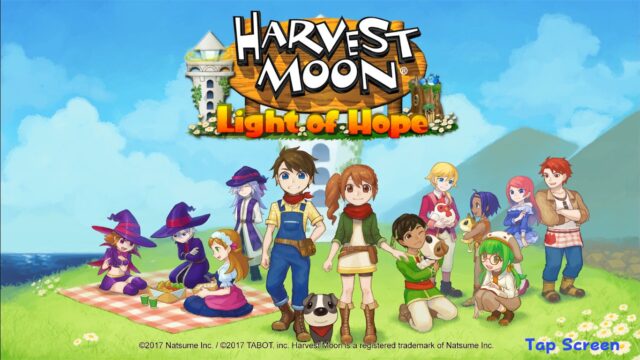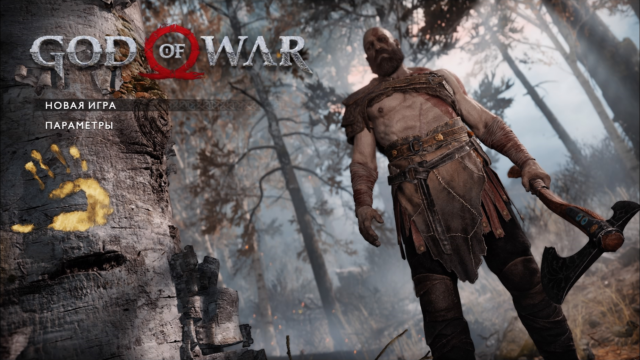Ode to Shooters – Tom Clancy's Rainbow Six Siege Review
The fate of Rainbow Six is not exactly enviable, but definitely strange. Since the release of Lockdown in 2005, the series has taken a sharp turn without any particular prerequisites, and now it manages to be anything but itself. An arcade shooter in Vegas? No problem, here are two cool games in a row for you to enjoy. Deep tactical gameplay with team interaction? Nah, we don’t know how to do that anymore. Let’s just stick to the same arcade shooter, but in multiplayer, with exploding walls and gameplay that gets tiresome after a couple of evenings. Siege, that is.

Undoubtedly, the concept behind the game is very correct and interesting. Intense group battles, based on a class system and primarily on destructible environments, have acquired a special flavor that combines spectacle, variability, and originality. The action in “Rainbow Six” is unlike anything else: squads literally shoot through partitions, blow up ceilings, and drill through concrete coverings – other shooters in the genre immediately feel ashamed of their static nature.
The fragile decorations also change the gameplay itself. There are still no intricate tactical maneuvers, but the “Hold my beer” behavioral model with spontaneous rushes through memorized corridors, which other shooters have been instilling in us year after year, doesn’t work here, which is already good. Every interior is a potential sieve with countless points of view and fire, and ideally, you need to control all key positions around you. Small holes in the walls, breaches in the ceiling, windows – all of this poses a danger to both your team and the enemy, giving clashes a much more cautious and positional character. That’s why clumsy runners from “call of duty” don’t last long here and quickly become furious at the abundance of “campers” on the map. Siege encourages precision and creative solutions, not brute force and skill, and this needs to be understood as soon as possible.

Fallen defenders can track inattentive enemies through cameras.
Actually, the period of adaptation to unusual realities is the best thing the game can offer. While the crumbling plaster and special forces are new, everything is simply wonderful. The destruction makes you believe that there are truly numerous ways the round can develop, that each match is different from the previous one, and that it will take at least 60 hours to fully grasp all the intricacies of the siege. Then, you suddenly get used to the main feature – and Ubisoft detonates charges on several of your dreams at once.
The first disappointment is the lack of diversity. Despite the game having three modes (holding the container, defusing the bomb, and rescuing the hostage), the differences between them are purely formal. The scenario hardly changes: one team always hangs around in a couple of rooms with objects and traps scattered around, while the other team inevitably comes in and makes their sparkling edits to the building’s architecture. Right after the squads meet, there is a brief “bang-bang” – and the winner is the one who exposed themselves less during all of this. So much for tactics.
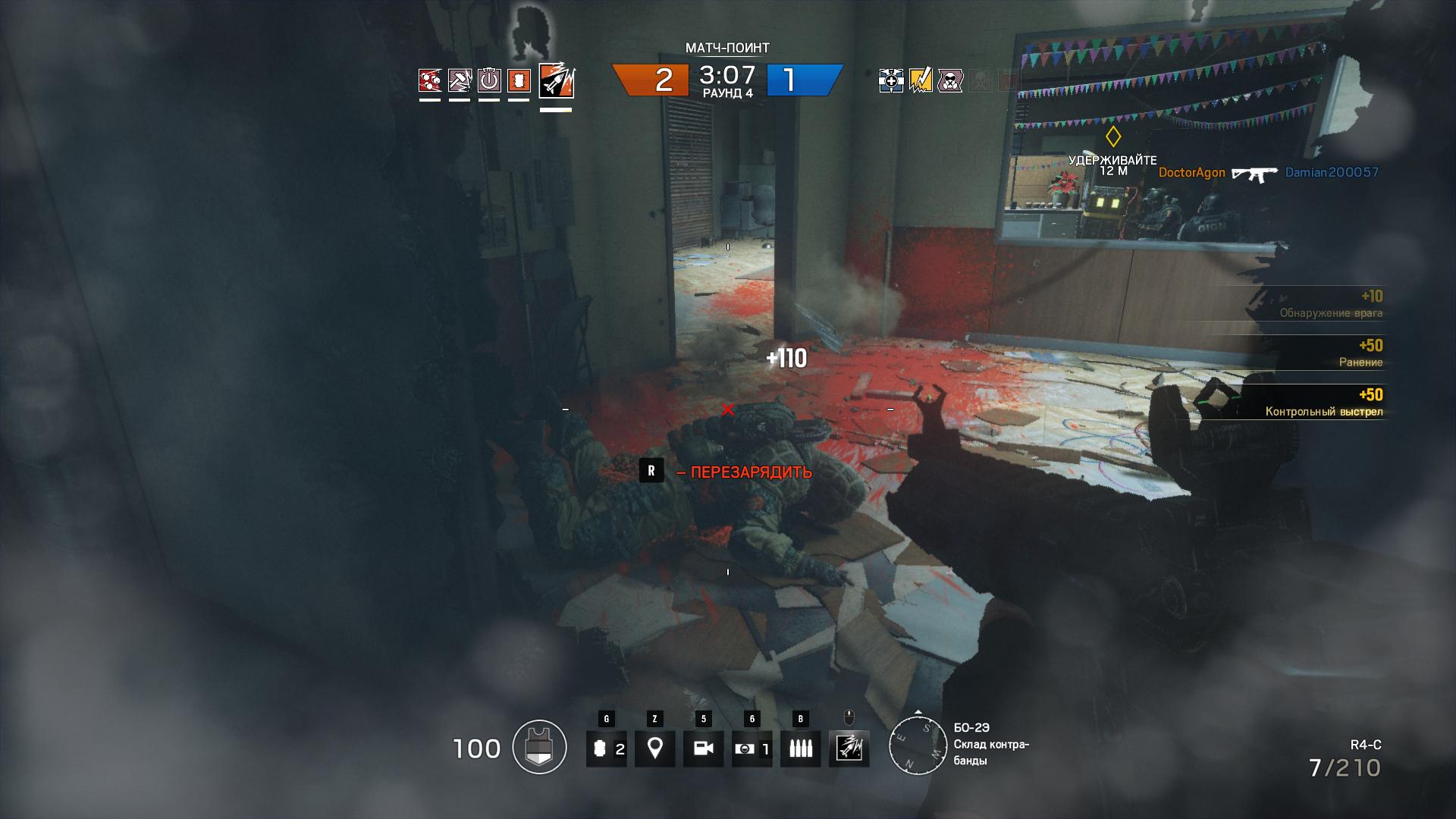
What’s even more frustrating is that none of the modes work properly in this state. The addition of “…or eliminate the enemy” at the end of the briefing allows for a much simpler way to win, completely devaluing the presence of objects on the map. The bomb or the civilian are only remembered in the most desperate one-on-one situations, when a duel carries a greater risk – and even then, many prefer to settle things man-to-man, without resorting to amateur defusals. By the way, the authors didn’t bother with player motivation, they simply cleverly added the abbreviation “TDM” to all modes to avoid complaints. Clever.
Of course, there is no mention of long and memorable operations. Remember… premiere of gameplay at last year’s E3 You remember it in vain, because the sensations from the release version are completely different – no matter how staged the presentation was, it radiated the right mood and promised exciting action at least in one mode. As a result, it is impossible to repeat what was shown, even if desired, at least because there are no longer functions for terrorists to move hostages. As, however, there are no terrorists themselves, instead of whom they inexplicably inserted another special forces unit.
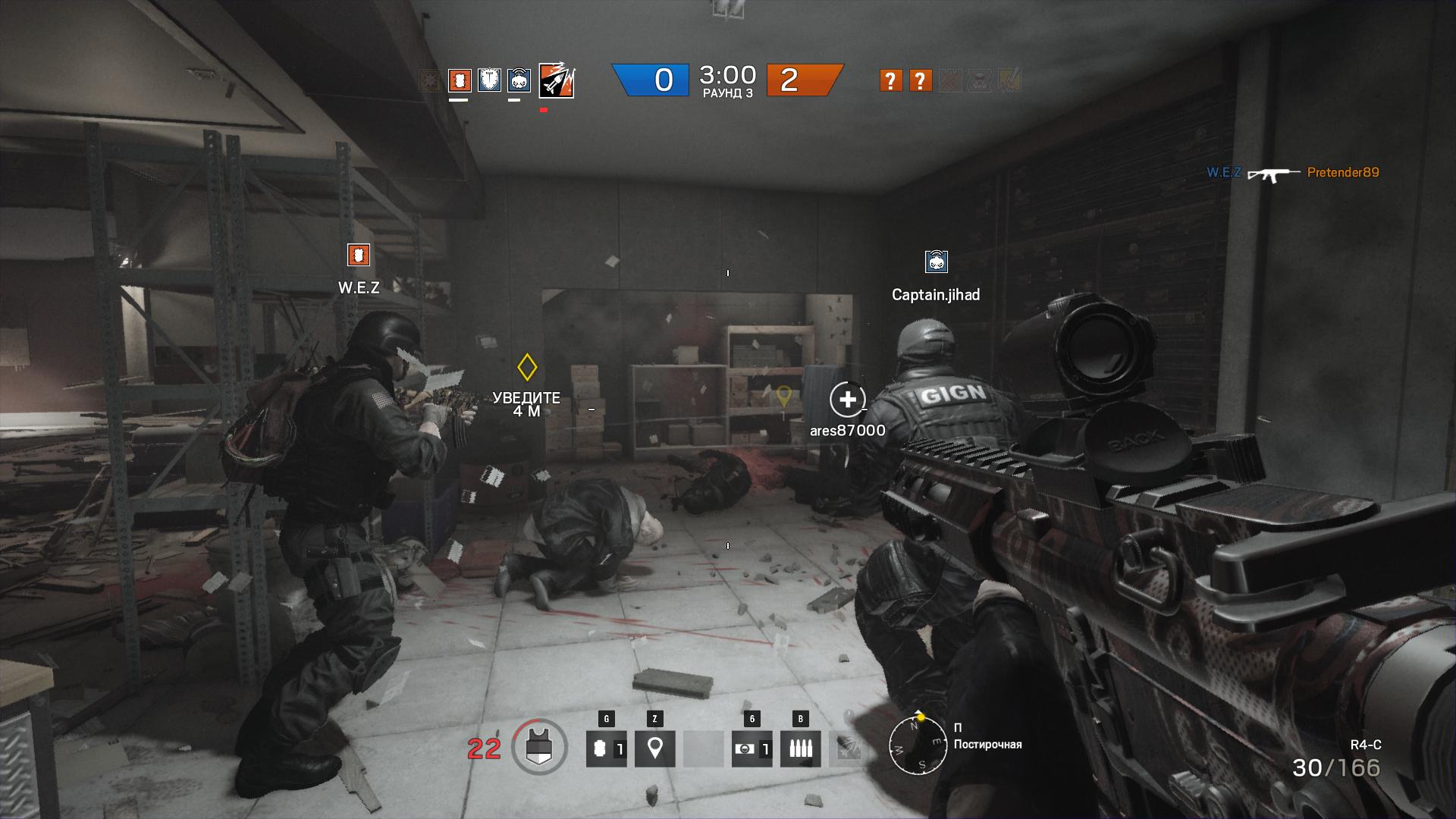
They more or less maintain interest at an acceptable level of gameplay. It’s funny, but the mediocrity of most of the locations is actually beneficial – many of them are so dull that they completely fade from memory by the next race. It feels like you’ve already been here, yet you still search for the entrance to the damn biker club as if it’s your first time. How else can replayability be improved?
A true outlet could be the cooperative mode. Technically, it’s here, but the enjoyment from it is less than from survival. in the recent Battlefront No scripts, not even the simplest ones, no challenge – it’s a bare shooting range where shooting down table-top bot peckers is considered the pinnacle of entertainment.
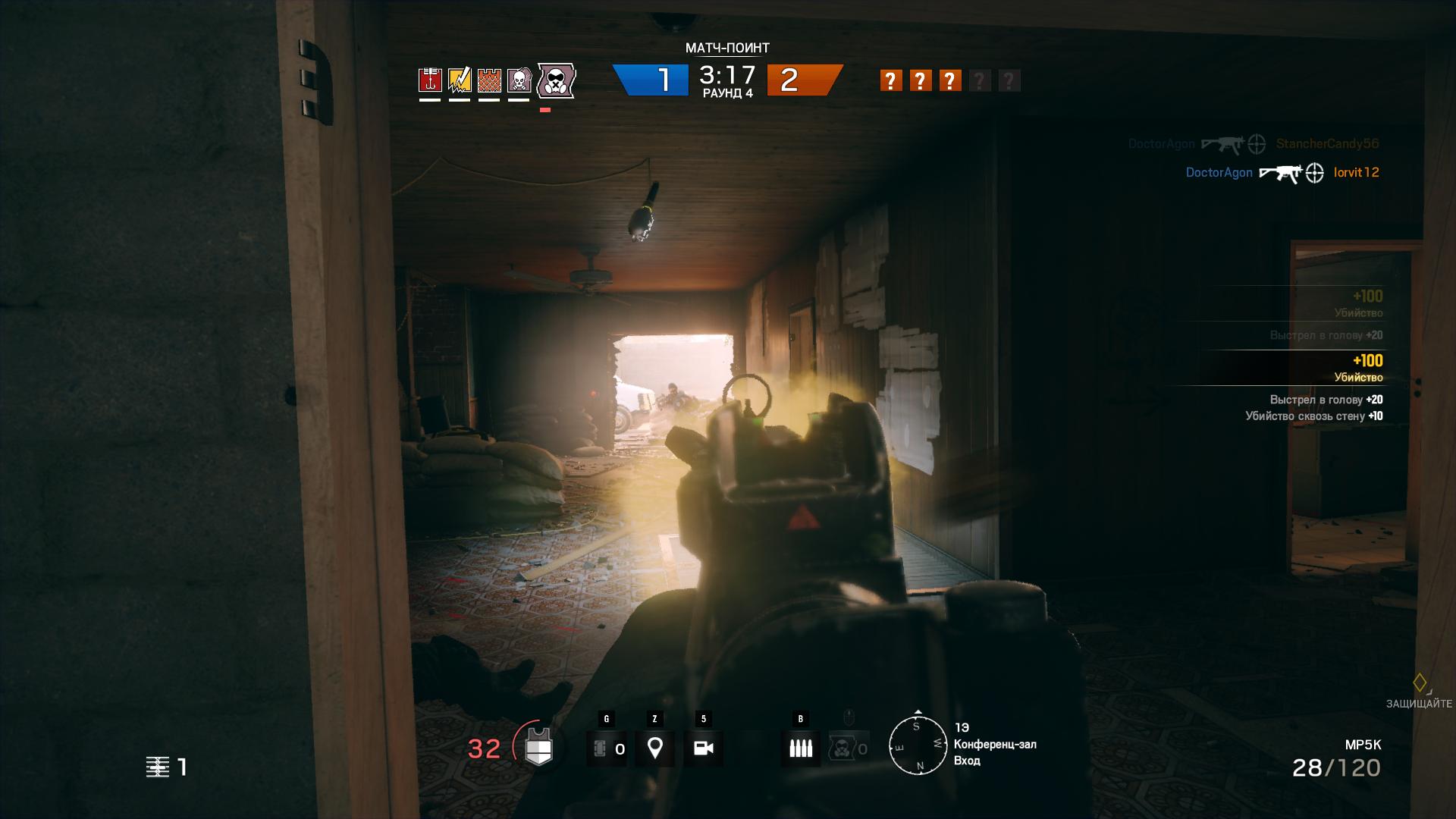
The class system takes off in the air. At first, it looks interesting and tempts with a wide range of options. For example, the defense class can play with jammers, electrify barbed wire, set up barricades, deploy machine guns, and who knows what else. Among the attacking characters, there is a guy with a sledgehammer, a technician with EMP grenades, a sniper, and a shield bearer with breaching charges. There are a total of 20 operators, and it must be said that each one has such abilities that you want to try them all. But in reality, the only useful classes are those with bombs and fortifications – the efforts of the others often either disappear meaninglessly in the epicenter of the explosion or are initially not very important. Let’s say that a GSG-9 employee is on the attacking side, who can detect enemy devices through walls. It’s hard to say why this is necessary because every trap always makes noise and alerts everyone on the server.
Moreover, it is not very clear why all this fuss with unlocking operators is necessary. You won’t be allowed to swing a hammer and shoot a machine gun right away, you will have to start as a recruit – a reserve class that can’t do anything at all. Having such a useless character on the team significantly reduces the chances of winning, so it’s not surprising that teammates are rarely happy with a player using this character. What did the developers want to achieve by artificially limiting newcomers in the available arsenal? It’s at least strange for a project that modestly dreamed of taking its place in the hall of fame of competitive disciplines.
Perhaps Siege should have abandoned the class system in favor of full customization. They could have introduced limits on grenades, shields, and explosive packs per team, and then players could customize their equipment as they pleased. Yes, it would have required a bit more effort to achieve balance, but after all, it’s Rainbow Six.

Moreover, there are already slight problems with the balance. The infamous shield-bearers are a real scourge of any match, capable of single-handedly defeating an entire team. It is catastrophically difficult to hit their vulnerable spots, while they often deliver headshots on the fly and generally behave too frivolously. This ailment was inherited by the release from the beta version, and although some measures have been taken since then to improve the situation, they have proven to be insufficient. Sketches with two or three people dancing around the shield in an attempt to kill it still look like something wrong.
But what is absolutely unacceptable is the abysmal network code. In a multiplayer game, the search for opponents constantly fails and takes about a minute, the ping on half of the servers jumps around 150 milliseconds, and the tick rate is reminiscent of the early days of Battlefield 4. People die while running around corners, enemies don’t die due to incorrectly calculated shots – everything, just as we love it. Perhaps it is worth reminding once again that Siege really wanted to be on par with Counter-Strike.
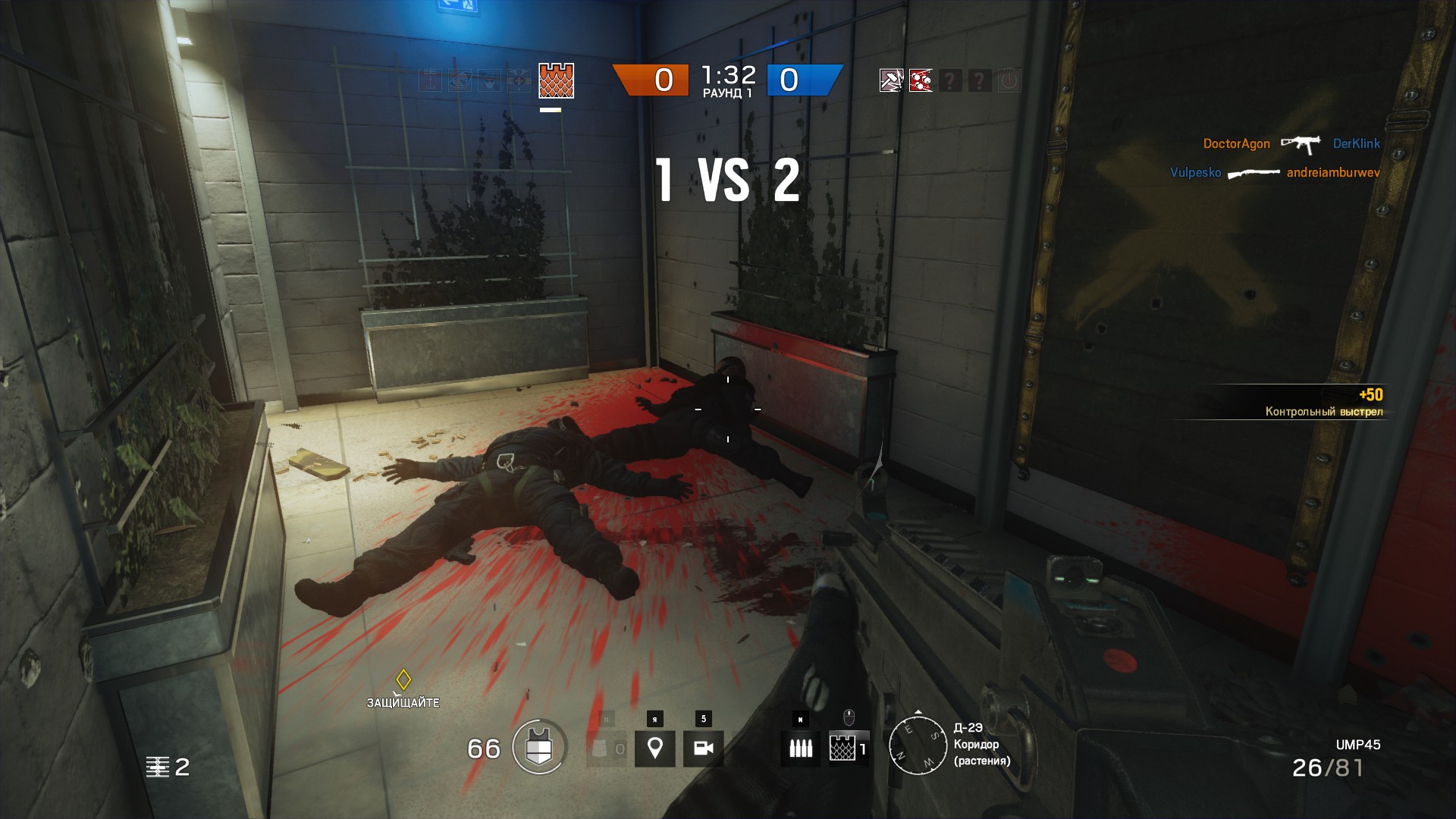
Bugs cause slightly less headache, but they are actively being fought, so by the time of writing, most annoying details like the non-working Uplay overlay have been fixed. However, this does not prevent operators from getting stuck in their own gadgets and hanging on a rope from the inside of the building.
The last item on the list of Siege’s oddities is its ugly appearance. The unremarkable lighting and color palette only emphasize the low quality of individual models and textures, and the excessively bright bloody trails turn the levels into arenas from Splatoon. Well, and the difference between promotional screenshots and the actual graphics occasionally makes you check if something went wrong in the settings, because it is hardly believable that a AAA game from 2015 looks like the Xbox 360 version of some Polish shooter.
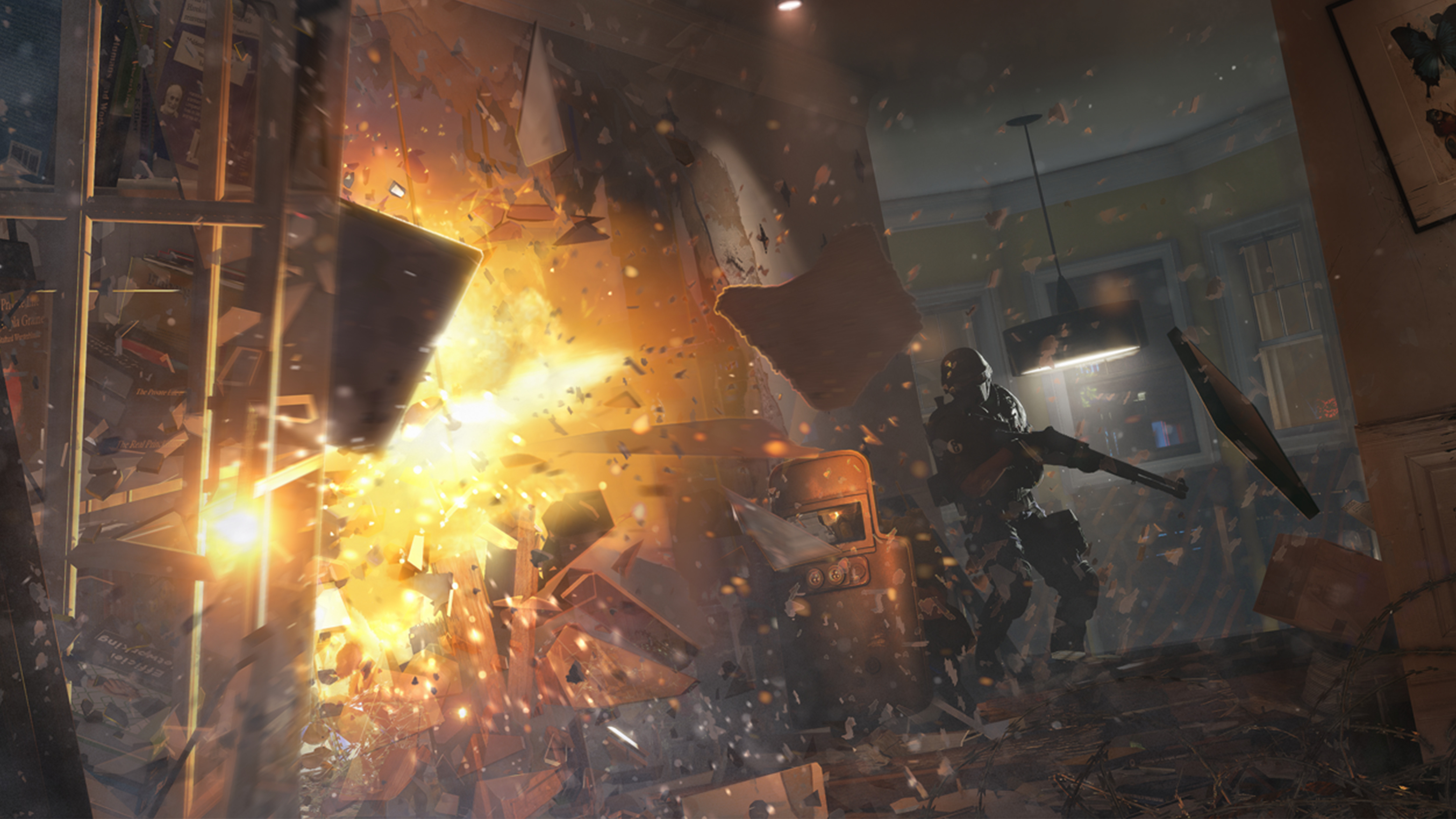
This is what explosions look like in Rainbow Six Siege, which urgently needs to be sold.
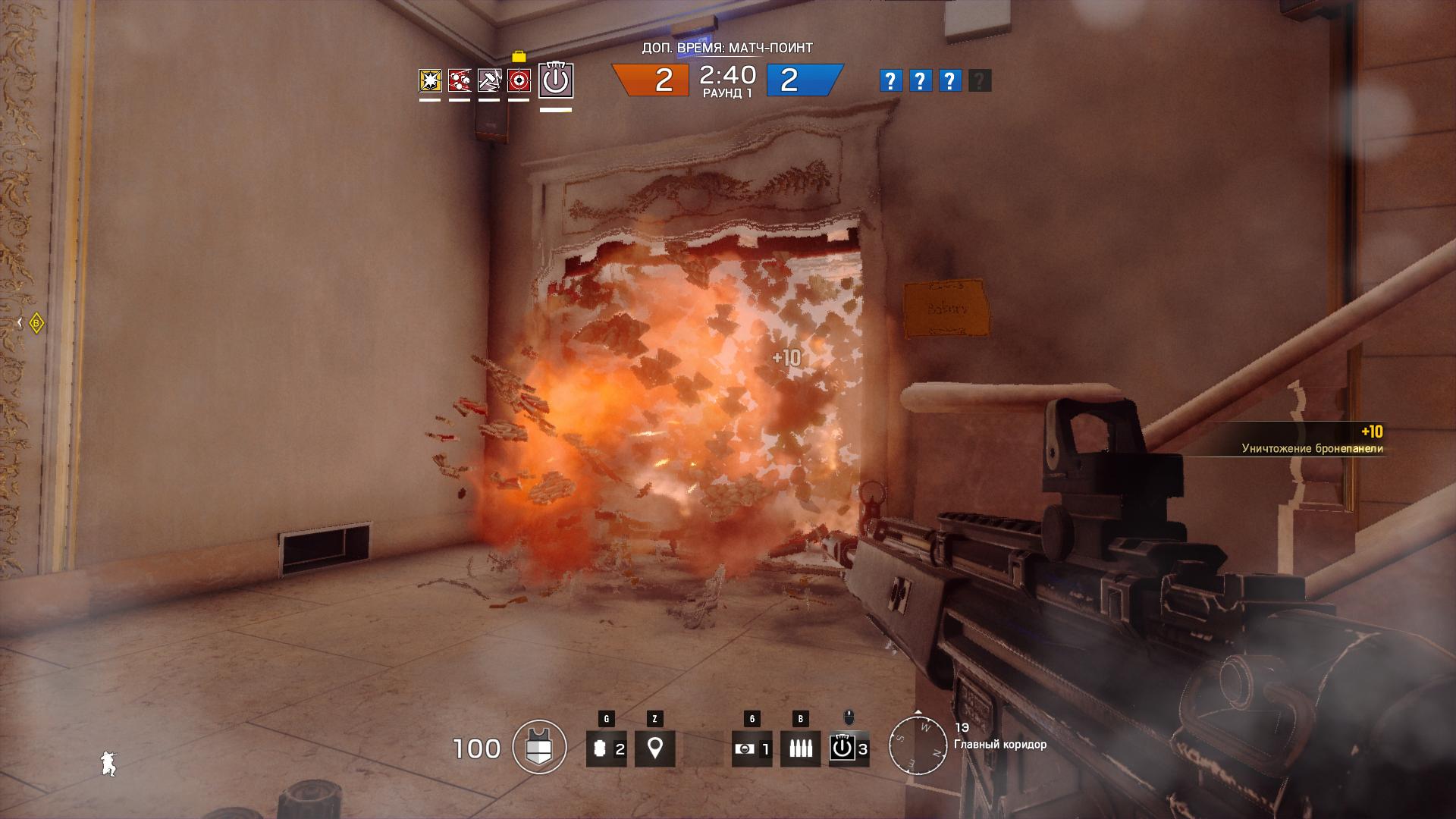
And this is what the explosions you have already bought look like.
Visually, Siege flourishes during intense shootouts, when pieces of a collapsed wall scatter across the room, dust mixes with smoke from explosives, office papers fly into the air, and monitors ominously spark, catching random shotgun pellets. Since F.E.A.R., no game has boasted such responsive environmental effects in our memory. Combined with top-notch sound, dynamic scenes sometimes turn out to be very beautiful, even worthy of taking a screenshot.
The verdict for “Rainbow Six” sounds bleak in any formulation. Siege is unlikely to repeat the fate of one-day shooters like Titanfall, but we wouldn’t bet on anyone remembering the game in a year. It is too fleeting and empty of an attraction, which only holds up in the first few hours thanks to its beautiful concept, and afterwards only provokes a criminal thought: maybe, Patriots Was it not worth canceling?
Share
Discuss
More Reviews
